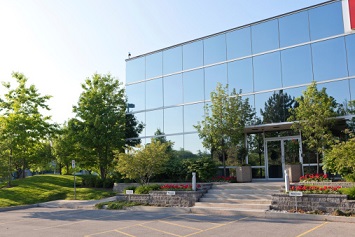While some facilities rarely see clients or customers because they have no need to come to the site, other buildings for public agencies and private sector companies get a lot of foot traffic. It’s important to set up zones of access based on the need to control how nonemployees go to certain places inside the facility, with or without an escort.
Employees can have strong feelings about outsiders near their desks or personal property and can feel vulnerable to confrontations or even assaults by intruders or trespassers who have managed to get past security access control devices or officers. It can help them to feel safer and more comfortable by establishing zones of access and reminding them to point out or address unescorted people, help lost visitors, or get security help when they see violations.
In any public or private facility, there should be four zones of access control for public spaces, semipublic spaces, semiprivate spaces, and private spaces. Each needs a different level of security to best protect the employees in the building, and each requires that the respective access control protocols be followed.
Public spaces—This is any zone where all legitimate users of the facility have the right to be, including the parking lots, lobbies, public restrooms, breezeways and exterior walkways between two buildings, retail areas, or other places where there’s no need for access control.
Semipublic spaces—This includes any space where we invite the public, customers, clients, or taxpayers to use the facility with our permission. This could be conference or meeting rooms off the main reception lobby; a City Council or Board of Supervisors chambers; community rooms used for public events, e.g., a service group rents the senior center assembly room for a party; or a place where vendors can wait for pickups or payments.
Semiprivate spaces—This is an employees-only space or a part of an office where a client or vendor is escorted back to an employee’s work area. Only employees with proper badging or monitored or escorted visitors should be allowed in this space.
Private spaces—This is where employees keep their private and work-related property in their work areas, which could include their desks, shared cubicles or work stations, or even their company or agency-issued trucks or cars. Employees should feel comfortable in these areas to work, eat, take their breaks, and converse with coworkers, safe in the knowledge they will not be assaulted and their work and personal belongings will not be tampered with or stolen by any outside person. Private spaces should also include the employee’s lockable desk, file cabinets, and password-protected laptops, tablets, and office PCs.
Employees look to the security department to create access policies for these four zones. The security department must start the discussion about employee vigilance in each area during the orientation period and beyond.

